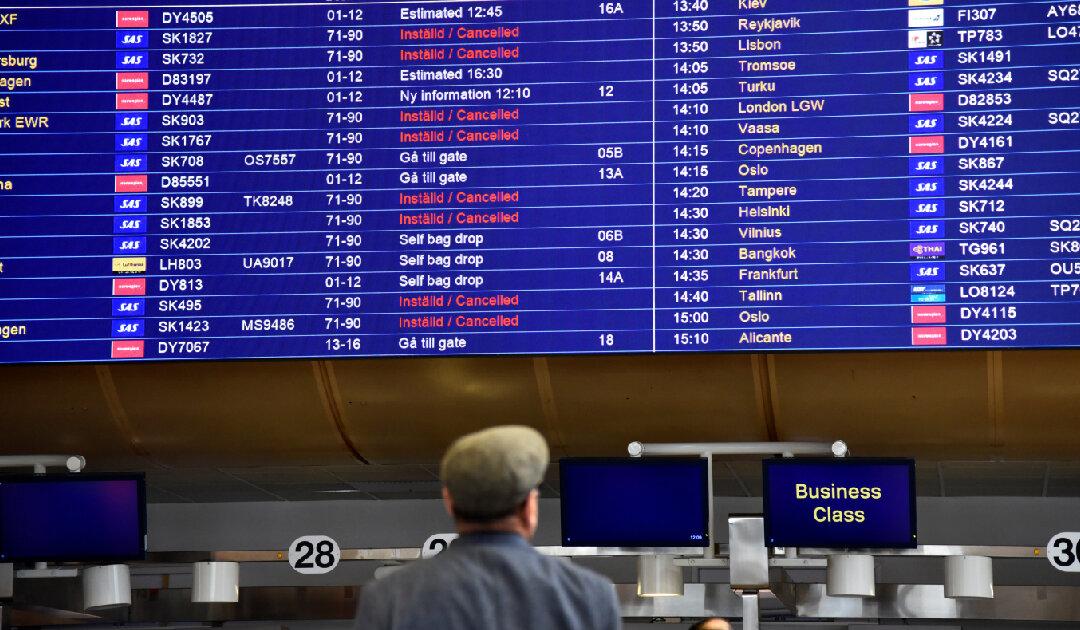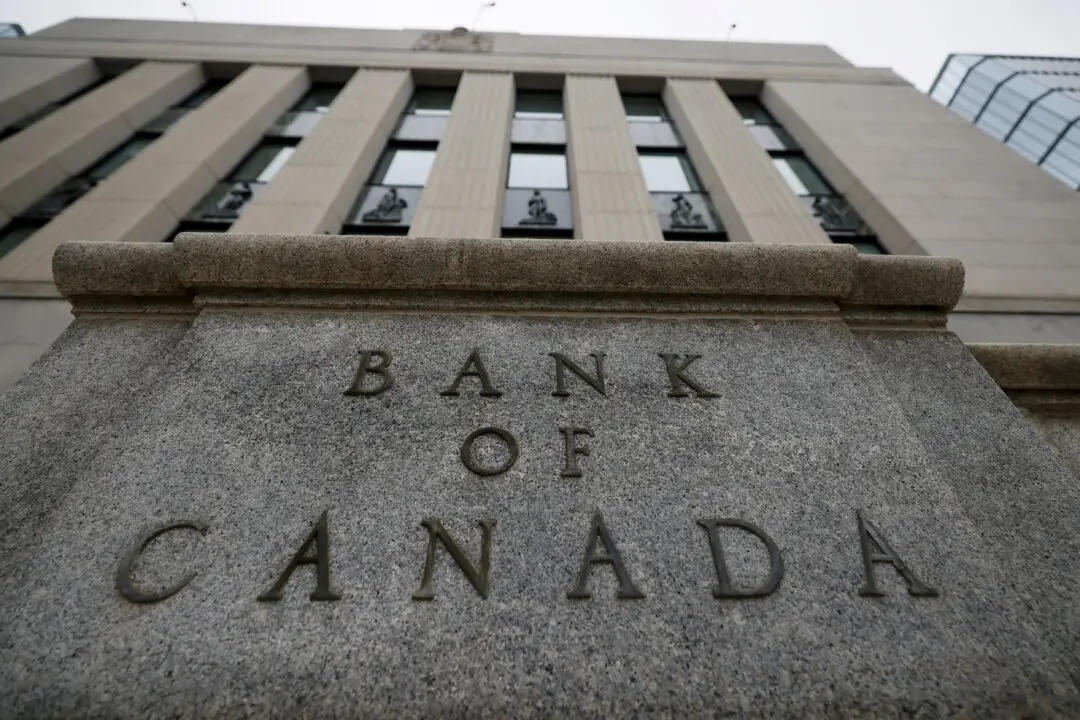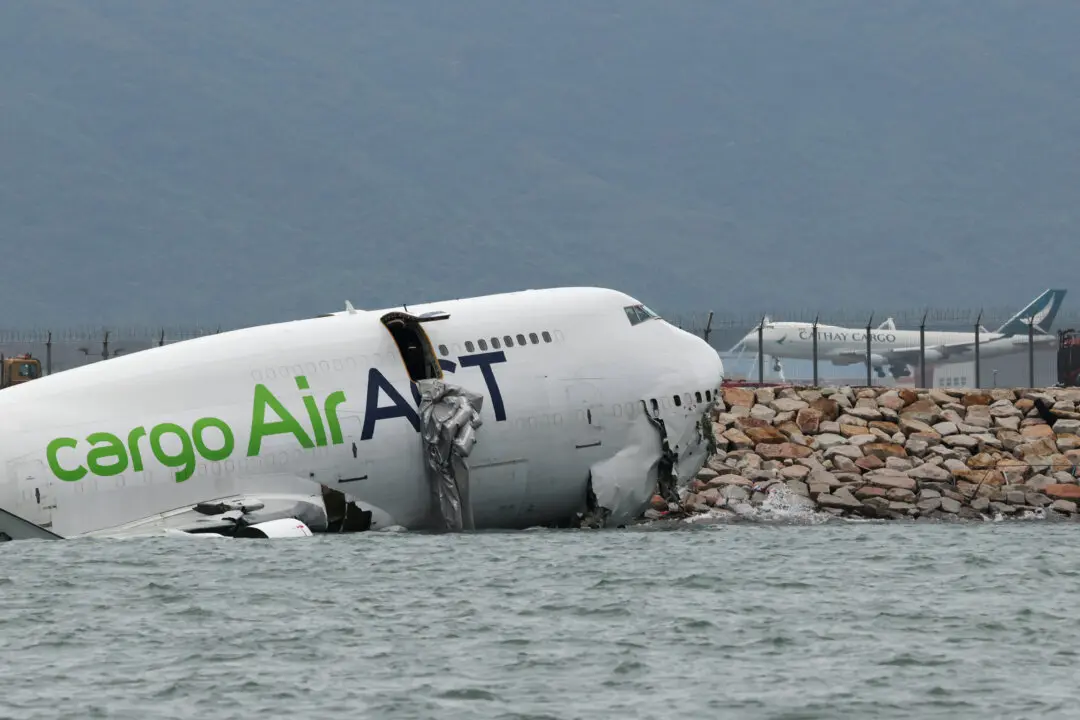STOCKHOLM—The CEO of Scandinavian airline SAS has told negotiators to thrash out what concessions the company could make to end a pilots strike that has disrupted travel plans for hundreds of thousands of passengers.
Well into the fourth day of the strike, neither SAS nor unions in Sweden, Denmark and Norway have contacted the other side, and no new talks are scheduled, SAS and the unions said.





